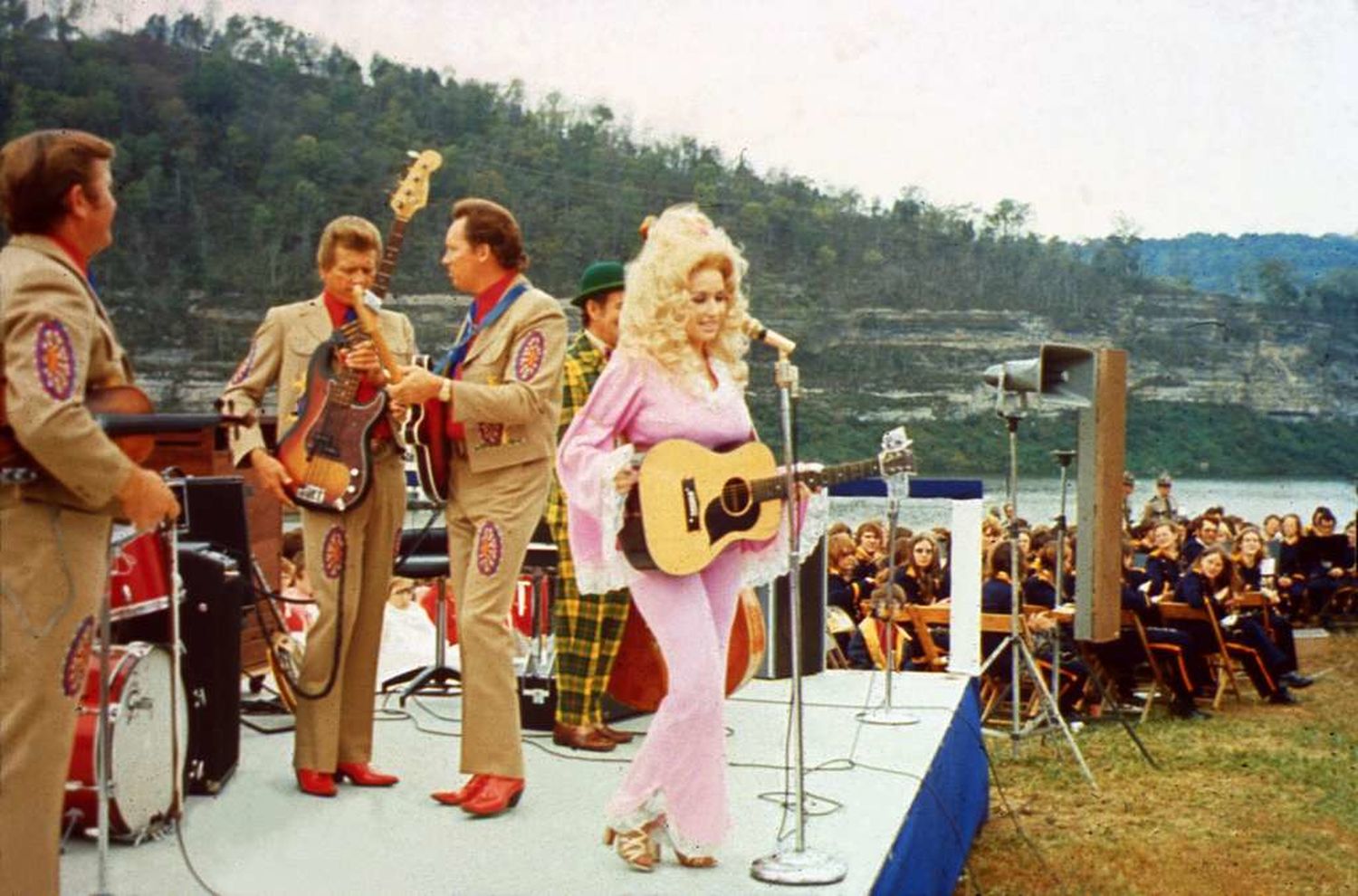In 2015, the TomatoGate scandal hit country music, sparking major outcry and opening a wider conversation about the underrepresentation of women in the mainstream country charts. In discussion with Country Aircheck, radio consultant Keith Hill described women as the tomatoes in the salad of country music, with men as the lettuce, insisting that songs by female artists should never be played back-to-back. “If you want to make ratings in country radio, take females out,” he advised. “The expectation is we’re principally a male format with a smaller female component… they’re just not the lettuce in our salad.”
Unfortunately, the country industry revolves around radio play: the US has more country radio stations than it does any other genre, Billboard’s country singles charts use airplay data to compile their rankings, and radio is still the first place many country fans look to find new music. Ergo, if the radio refuses to play women, women can’t chart.
It is no secret that country has always been conservative; calls to “roll up a joint” and “kiss lots of girls if that’s something you’re into” saw Kacey Musgraves’ 2013 single “Follow Your Arrow” banned from country radio, and the career of hugely successful band The Chicks plummeted dramatically after they announced in 2003 that they didn’t endorse the US invasion of Iraq and were “ashamed” that President Bush was from Texas.
“Since the turn of the century, the situation has deteriorated”
Despite these challenges, historically, women were able to attain superstar-status in country more easily than in some other genres. Even with such then-controversial songs as “The Pill”, Loretta Lynn, Dolly Parton, and others had countless hits from the 1960s onwards, knocking down barriers as they went. This trend continued into the early 2000s – in 1999, eight of the nineteen chart-toppers on the Hot Country Songs chart were by female artists, and equality seemed nigh. But since the turn of the century, the situation has deteriorated. Last year, the ten most played artists on country radio were men, and just two women topped the Hot Country Songs chart – and one of those was Taylor Swift. So, what happened?
Taylor aside, it’s worth noting that the early twenty-first century did produce two enduring female superstars in Carrie Underwood and Miranda Lambert. Following her 2005 American Idol win, Carrie Underwood’s powerhouse voice and stash of country-pop hits saw her become the best-selling female country artist of the 2010s. Miranda Lambert’s career would reach similar heights: she is the most decorated artist of all time at the Academy of Country Music Awards, including a record-breaking nine consecutive wins for Female Vocalist of the Year, five for Album of the Year, and Song of the Decade for “The House That Built Me”. But even in the mid-noughties, the road wasn’t easy – Miranda recalled how Texas honky-tonks would turn her away, saying they “don’t play girls”, while her early singles were forced to compete for limited “female spots” on the radio.
Around this time, the industry doors were in the process of closing themselves almost entirely to female artists. In the late 1990s, Keith Hill (and others) had carried out a poorly considered thought-experiment, intentionally reducing the number of women on their playlists to examine the impact on their ratings. The ratings did increase, but Keith & co. disastrously opted to ignore other potential factors which might have had an impact – the crucial fact, for example, that country music had recently taken a decidedly pop-oriented turn, attracting a far wider audience to the genre. By the time that these issues came to light, the damage had already been done, and the misogynistic undertones and immense popularity of the criticised ‘bro-country’ sub-genre in the early 2010s only made matters worse.
Following the brutal slap in the face that was TomatoGate, however, female artists began to take matters into their own hands. In 2019, four highly acclaimed artists and songwriters – Amanda Shires, Maren Morris, Brandi Carlile, and Natalie Hemby – joined forces to create supergroup The Highwomen in a direct attempt to tackle the lack of female representation on the radio. For a hot minute, they were everywhere: their debut single was pointedly titled “Redesigning Women”, they performed with Dolly Parton at Newport Folk Festival, they topped the Country Albums chart, and they even won a Grammy – but despite this, not one of their singles ever reached the Top 40.
Another all-female supergroup – Pistol Annies – had already encountered these problems a decade earlier. Formed in 2011 and composed of Miranda Lambert, Angaleena Presley and Ashley Monroe, their singles also never cracked the Top 40. However, they have racked up several No. 1 albums and their third, Interstate Gospel, placed at nine on Rolling Stone’s 100 Best Albums of the 2010s. All the evidence demonstrates that women in country are making great music – the radio is just refusing to play it.
“The game is changing: women can now make a name for themselves without even needing a hit on the country charts”
But then again, perhaps women no longer need the radio. Kacey Musgraves has become the antiheroine of country music by bypassing the radio entirely on her path to success, paving the way for a new breed of country star, one who speaks their mind and refuses to walk the line. Only one of her singles ever reached the Top 20, but she would go on to become a superstar regardless; her genre-blending 2018 album, Golden Hour, won the Grammy for Album of the Year, and she has millions of listeners on Spotify. The recent growth of streaming platforms is undoubtedly opening doors for many female artists – especially those who cater to a pop-driven audience – but their difficulties unfortunately don’t end there.
The top prize at the Country Music Association’s annual awards show is the ‘Entertainer of the Year’ Award, officially given to “the act displaying the greatest competence in all aspects of the entertainment field”. Well, apparently women are incompetent, because since the award’s inception in 1967, only seven have ever won it. Seven. In fact, only one solo female artist has won the award this century – Taylor Swift – and since her 2011 win, Carrie Underwood and Miranda Lambert are the only women to have even been nominated. Given Carrie and Miranda’s respective achievements and contributions to country’s development as both a genre and inclusive space, they are both arguably more deserving than almost anyone else, so much so that it has become a recurring topic of discussion following the CMAs each year. Indeed, following Garth Brooks’ shock seventh win in 2019, he withdrew himself from eligibility in 2020, likely out of sheer embarrassment, as the 2019 show had been described as “a celebration of women in country music” (a woman was nominated in every eligible category for the first time in history), and Carrie Underwood was dubbed a shoo-in for the win.
For now, it’s clear that women are still the butt of country radio’s jokes. However, the game is changing: women can now make a name for themselves without even needing a hit on the country charts, and as the more inclusive Americana genre grows ever-bigger and local music scenes (notably those in Texas and Kentucky) continue to produce independently-minded stars, it’s becoming clear that, one day, the joke will be firmly on the Nashville establishment. They must catch up with the times – and quickly – or risk becoming obsolete entirely. And wouldn’t that be a sorry sight to see.



